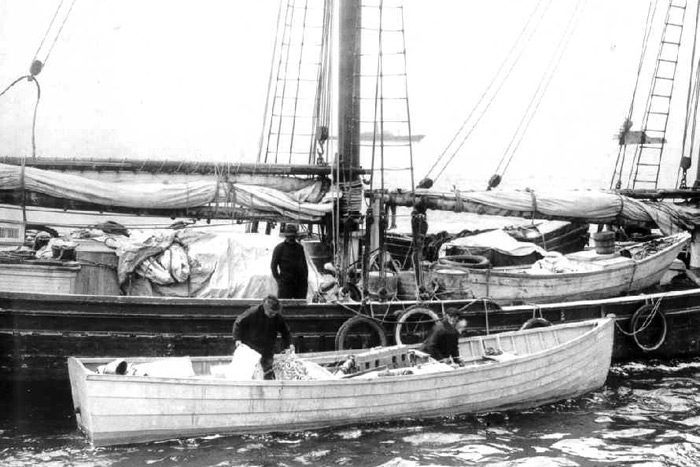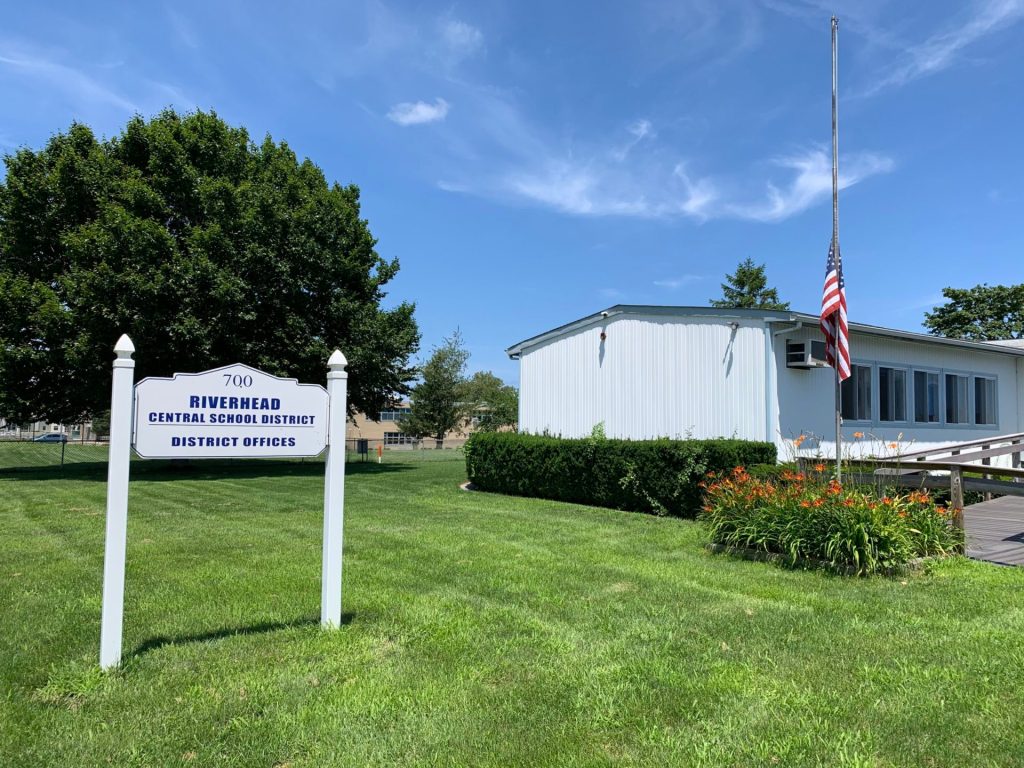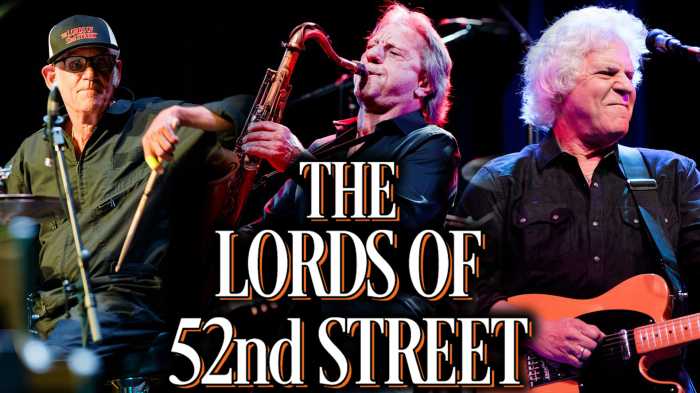Rum-Running: Montauk’s Economic Engine, 1919–1932

Montauk is the fishing capital of the world, a small town with more world fishing records than any other town anywhere. It is also one of this country’s great surfing spots. A recent rating organization ranked it #8 for surfing on the East Coast.
There was a time, however, when Montauk was the rum-running capital of America. In 1919, Congress passed the 18th Amendment, making it illegal to buy and sell alcoholic beverages in America. For the next 13 years, the people of this country, the vast majority of them anyway, ignored the law, drank as much illegal alcohol as they could find and partied every weekend late into the night. The era was called the “Roaring ’20s.”
By 1933, the government, exhausted from chasing around after people flouting the law, decided they could do it no more. In that year, Congress passed the 21st Amendment to the Constitution. It was, and is, the only constitutional amendment ever passed that repealed a Constitution amendment that had come before.
During Prohibition, people got alcohol from the stills of Appalachia, or at home, making bathtub gin. The best stuff, however, came from overseas, from France and England and Italy, where the Scotch and gin still flowed freely and there was money to be made by putting it aboard freighters and taking it to America, to just outside the 12-mile limit. They’d drop anchor and wait for someone to appear in a small speedboat. They’d accept cash and load up the boats for a zip back to the dock.
There were many port towns where late at night bootleg hooch was a big operation. But none measured up to Montauk. Here was a remote rural peninsula with isolated sandy beaches everywhere. It was just so easy to load boxes into trucks or into cars with false bottoms, and then head off to the biggest city in the country—New York. Thus did Montauk become the official number one port of entry into America for bootleg hooch, and its residents made a great deal of money in those 13 years.
There were no surfers, motels, restaurants and vacationers frequenting Montauk back then. There was the lighthouse keeper and his family. And there were a few ranch hands at Deep Hollow, tending cattle. There was also a ramshackle group of small cottages and stores on the beach, owned by the Long Island Rail Road along the arc of Fort Pond Bay. All together, about 150 people lived there, most commercial fishermen from Nova Scotia and the owners of dragger fishing boats. These vessels would come in with bags of fish in their holds, transfer the fish into wooden boxes filed with ice that were then stacked into a railroad train freight car just across the way and taken to the fish markets in Manhattan. The town—it’s not there anymore—had a school, a post office, a market, a bar and a restaurant all right on the beach. The boats could tie up right at a dock built there.
When Prohibition came, the fishermen realized they could make a great deal of money if they bought high-speed speedboats. They worked their draggers during the day. They’d come home and have dinner, then after dark go back out in the speedboats for the nighttime rendezvous with the freighters. They did very well for themselves, and their wives and children all helped out unloading everything into the trucks.
After this flush economy ended in 1933, Montauk went through hard times. An attempt to make Montauk a rich man’s retreat fell into receivership when the Depression hit. Fishing was all that was left. In 1938, a hurricane came through and either tore down or scrambled nearly all the buildings in this makeshift town. Three years later when war broke out, the Navy leased all the land from the railroad to make a torpedo testing station there. For that, bulldozers came in and tore out the remaining homes.
By 1960, when my parents settled out here, bringing me as a teenager with them, the Fort Pond Bay town was just a memory. Now there were two commercial centers, one with motels in the center of town, and the second where all the fishing boats tied up in the deep-water fishing village in Lake Montauk. They are there today.
In 1960, I started Dan’s Papers in Montauk and, among other things, thought it would be a good idea to interview some of the old and retired former rum-runners, who I now correctly assumed would happily talk to a young newspaperman.

Here are some of the stories they told me. Two involve gunfights.
Shank Dickinson told me this story about the first of them. He was a 10-year-old boy when it happened, the son of the manager out at Deep Hollow Ranch. Earlier that summer, some tough guys had driven trucks out to the ranch to unload more than a thousand boxes of good Scotch whiskey into a barn there. They told Shank’s father to keep a “good eye on it,” whatever that meant. But one night, two rival groups of tough guys came and had a gun battle on the ranch grounds, each feeling they owned the hooch. The police were called, but by the time they got there, the gunmen were gone, taking the wounded with them. But the Scotch was still there, and it was carefully counted as the greatest haul ever rounded up by the revenuers, as they were called, in Montauk.
Another night, an enormous moving van filled with boxes of hooch headed westward on the Old Montauk Highway in Hither Hills. The driver got to a steep hill that led up to a new oceanfront inn that had just been built by Maude Gurney, a teetotaler and abolitionist who held church services at her inn on Sunday mornings, and did not permit alcohol to be served there.
That Saturday night, however, there was a tremendous crash on the Old Montauk Highway at the top of the hill outside Gurney’s. This entire moving van, struggling up the hill, had hit a pothole and turned over onto its side, its cargo leaking out of the back in great gushers of alcohol and broken glass.
Another story was told to me by a man who had been a teenager at the fishing village back in the 1920s.
“My dad and I were standing on the shore near the village, fishing, when off in the distance we heard the sound of a high-speed chase off in the bay heading toward us. They were coming east to west. The lead ship was a low-lying rumrunner boat, a man at the wheel and another man in the back throwing one box after another over the side to lighten the load to hopefully make the ship go fast enough to get away. The second ship was a Coast Guard cutter. Men onboard were firing rifles at the rumrummer. The cutter was keeping up,
but now, with the boxes going over the side, it was beginning to fall behind. As we watched, it fell further and further behind. The rumrunner got away.
“My dad and I did our best to memorize every spot in the water where a box had been dropped. Later that day, we dove down and found some of them. That was pretty good stuff.”
Around 1922, a gambling casino was built on Star Island by some city people. It had women of the night, a band, lots of good times, bootleg hooch and food and drink. One night, suddenly, the place got raided. That wasn’t supposed to happen. There were two stone lookout booths, still there today, at the entrance to Star Island, where club lookouts worked, immediately calling in by telephone to alert the club owners that the revenuers were coming up the long driveway.
This time, the revenuers struck too fast, and before the alarm could be sounded, they made their way in. Among others there that night was New York City Mayor Jimmy Walker. He quickly threw a white towel over his arm, pretending to be a waiter. The ruse worked long enough for him to escape out the back and down the beach to get away from all the arrests going on inside.
Here’s a story that made the rounds in nearby East Hampton in 1923.
Casper Rowe was the quiet, mild-mannered pharmacist in that town. Every morning, he’d open his garage, get in his Model T and drive the six blocks to his drugstore at the corner of Main Street and Newtown Lane.
One morning, he got up, had breakfast, went out to his garage and opened the door to see hundreds of cases of illegal Scotch piled up floor to ceiling blocking the way to his car. He locked the door.
He had always suspected the man who lived across the street was in the rum-running trade. Now he knew for sure. Somebody had delivered the stuff to the wrong house.
He closed the garage door, locked it shut and walked to work that day. At the end of the workday, he walked home, checked to see if the boxes were still in there—they were—and then decided to leave the garage unlocked for the night.
The next morning when he went out to the garage, he found the boxes all gone. It all worked out just fine.
And here’s a story told to me by Richard T. Gilmartin, a local insurance man who served two terms as East Hampton Town Supervisor.
“In the summer of 1931, the citizens of Montauk dedicated the brand new Montauk Catholic Church of the Little Flower downtown. That Christmas Eve was to be the first Midnight Mass in the new church, and everyone was excited to attend.
“I attended that Midnight Mass. It did seem odd to me that almost everybody attending that evening was a woman. Only a few old men and myself were of the male sex.
“Midway through the service, Father Kehoe was reading a passage aloud when we all heard gunshots in the distance. The crowd stirred and a number of young women left. Then Father Kehoe continued reading.
“It was only when the service was over later that night that I learned what was going on. Apparently I was the only young male in Montauk who did not know about it.
“Earlier that day, the men of Montauk decided that it would be a great night for rum-running. The U.S. Coast Guard, which was out of New London, would not be patrolling Montauk as they usually did, because they’d think
the town was all at the Midnight Mass in their new church. Therefore the Coast Guard could take the day off to enjoy Christmas Eve in New London.
What better time would there ever be for rum-running at Montauk?
“When the time came, the speedboats zipped in and out for about an hour, and then the rumrunners decided it would even be safe for the British boats to come into Fort Pond Bay to unload at the dock there. What a
great idea!
“Two boats arrived. But an ardent Prohibitionist secretly called the Coast Guard and informed them of what was going on. The Coast Guard motored across the Sound in the dark, and when they got close, quietly pounced. The scale of the operation was so great it stunned both sides. Nobody moved for a while. Then the Montaukers shoved as many of the boxes as they could off the dock and into the water. And off they ran. The freighters scurried out, too. Shots were fired.
But in the end, all the Coast Guard could do was gather up the spoils: three trucks, several small speedboats and a whole lot of boxed-up liquor cases.”

Here’s a story that took place that same year in East Hampton.
Two local men from East Hampton headed out in their open car to attend a party one Sunday night in Southold. Driving back drunk in the dark around 1 a.m., they failed to make the left from Wood’s Lane onto Main Street and so drove their car into Town Pond, where it came to a halt fender-deep amidst the frogs and fishes.
“Where are we?” the passenger asked. Birds were cheeping, frogs were croaking.
“I think I have driven into Town Pond,” said the driver. “Tell you what. You wait here. I’ll go walk into town to come back with some help.”
The driver went off, but by the time he got into the business district of Main Street, he couldn’t remember why he was there. So he went home to bed.
In the morning, the school children of East Hampton walked by Town Pond and saw an open car in the pond with a fellow sitting in the passenger’s seat, fast asleep.
They commented on it when they got to class. The sleeper was rescued. The car was hauled away by the evening.









